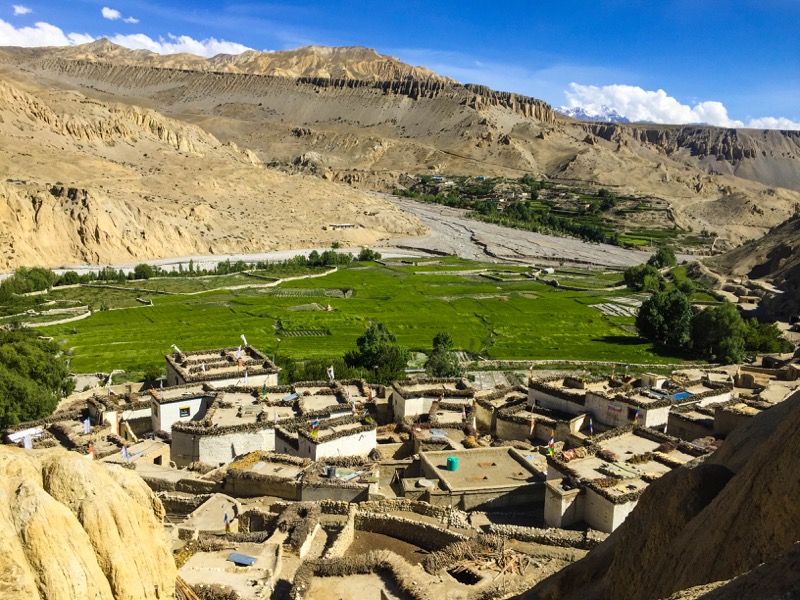
In today’s post I am taking you to one of the most unique & undoubtedly my favorite regions in Nepal – Upper Mustang. I had the luck of visiting this land twice in 2017 & 2019 and can’t wait to return some day.
What makes Upper Mustang so special?

Let’s talk about its geographical location first. Upper Mustang is one of the two sub regions of Mustang district. Being bordered by the deserted Tibetan plateau and surrounded by some of the tallest Himalayan peaks really make Mustang a secluded land. The fact that Mustang used to be a forbidden kingdom and Upper Mustang only welcome tourists since 1992 also added to the isolation.


Another aspect which makes Upper Mustang stand out from the rest of Nepal is its climate. With its specific location, the region enjoys a trans-Himalayan climate, which means rarefied atmosphere, dry arid air & low humidity. Lying in the rain shadow of Himalayan ranges, Upper Mustang receives almost zero rainfall and stay dry throughout the year.


Culturally speaking, Upper Mustang is majorly related to Tibetan. The region is famous for hundred years old Buddhist monasteries and mysterious ancient rock caves.


Upper Mustang Trek Map
To familiarize yourself with the region, take a look at this high definition full screen map of Upper Mustang. The region starts from north of Kagbeni village.
For the trip itself I would recommend getting a printed copy of this map, which can easily be found in any bookshop in Thamel, Kathmandu.
Getting There

The starting point of the Upper Mustang trek is Kagbeni village in Mustang district. To get there from Kathmandu, you first need to get to Pokhara, then to the administrative center of Mustang – Jomsom village. Here are your options of transportation to get to the starting point:
Kathmandu to Pokhara
By flight: It’s only a 20 minute flight
By road: There are options of either tourist bus, local bus or private car. The 210 km journey will take around 6 – 7 hours.
Pokhara to Jomsom
By flight: A 15 minute flight
By road: Either local bus or private jeep. It can take up to 9 – 10 hours for this 160 km distance due to the bumpy road condition.
Jomsom to Kagbeni
By road: You can get local jeep or bus in Jomsom
By foot: It’s a 2 hour walk
Kagbeni can also be accessed by those coming back from Annapurna circuit trek via Thorong La Pass.
Upper Mustang Trek Permits
Upper Mustang is among the trekking areas in Nepal where you are not allowed to do independently and must operate through a Nepali trekking agency. That means trekking with a guide is a must. Besides, a group of two is the minimum number of trekkers required to do the trek.
There are two kinds of permits needed for this trek, and they should be arranged by your agency:
Annapurna Conservation Area Project Entry Permit (ACAP)

Since the entire Mustang district is listed in the Annapurna Conservation Area, you would need an ACAP permit. This permit costs NPR 3000 per trekker and there is no time restriction to it.
Upper Mustang Restricted Area Permit
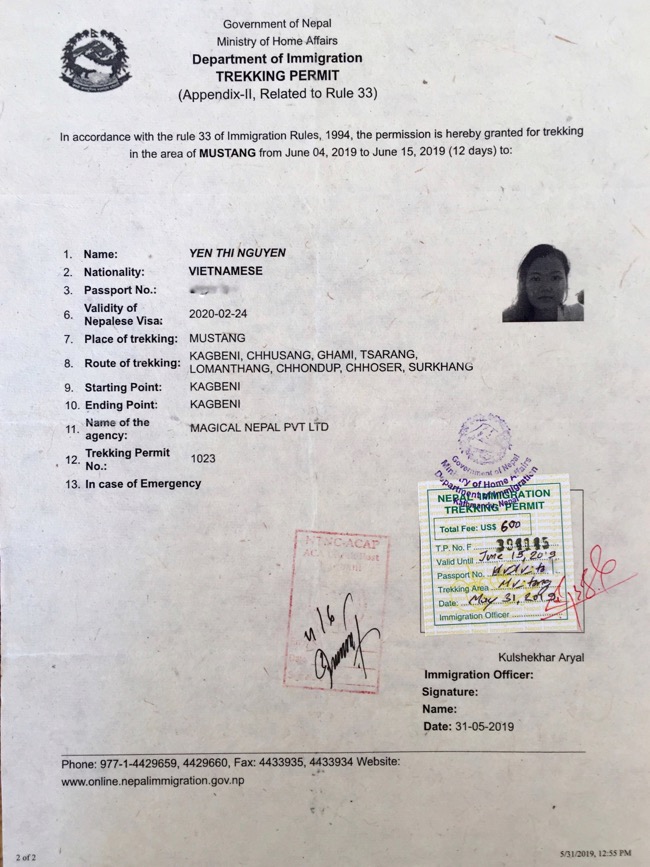
As Upper Mustang is still considered restricted area, you would need a restricted area permit here. The cost is USD 500 per trekker and is valid for 10 days. If you are planning to do the trek in less than 10 days, the USD 500 permit fee still applies. If you want to stay longer than 10 days, the additional fee is USD 50 per trekker per day. Note that the restricted area starts from Kagbeni so your days for this permit start counting from there.
When To Go

In terms of weather, the best time to trek anywhere in Nepal is autumn, which lasts from end of September till early December. This is followed by the second best time spring from March till May. Monsoon, which is between June and September, is generally not a recommended time for trekking. However, this doesn’t apply to Upper Mustang. Being geographically located in the rain shadow spares the region from the wet season and makes it an ideal choice for trekkers at this time. Regardless of the month of year, it’s almost always dry and windy in Upper Mustang.

The winter lasts from mid December till mid March. It can be really harsh and snowy. The transportation will gradually come to a halt and locals will migrate to warmer climes, which makes winter the least recommended season to trek here.
Tiji Festival In Upper Mustang
For those interested in cultural aspects, it’s worth visiting Upper Mustang during Tiji Festival. Check out my photo diary here. This 3 day festival is the biggest in the region. It takes place in Lo Manthang. The dates vary each year as it is based on Tibetan Calendar. This is probably the busiest time in Upper Mustang as the festival is well known and attracts quite a number of tourists.
Recommended Itinerary For Upper Mustang
There are two main itineraries that people follow. One is same way in and same way out. The other is rather of a circuit trip. I am listing both options day by day as below:
Upper Mustang Trek Itinerary – Regular
[table id=9 /]
This is the itinerary I took on my first trip to Upper Mustang. Here are some photos from the trip:








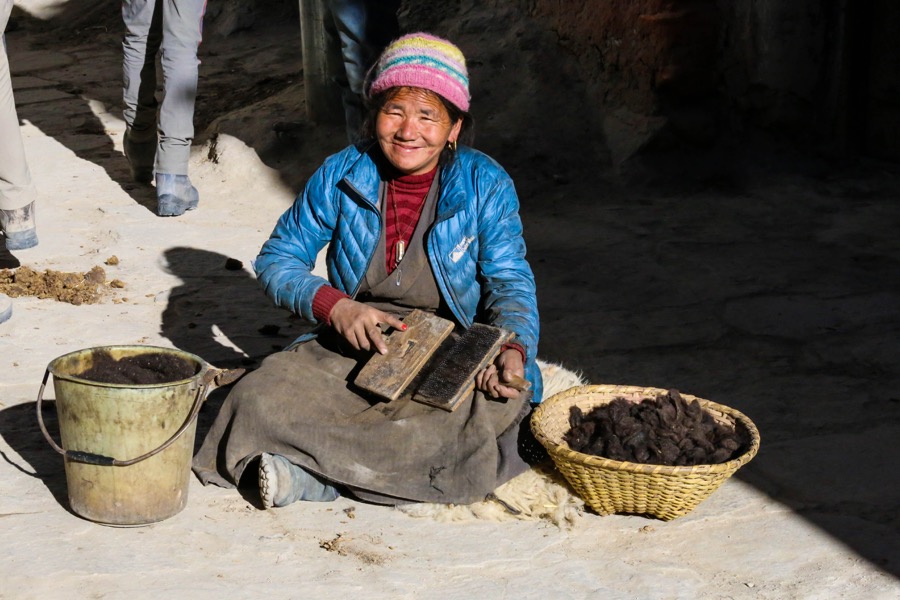
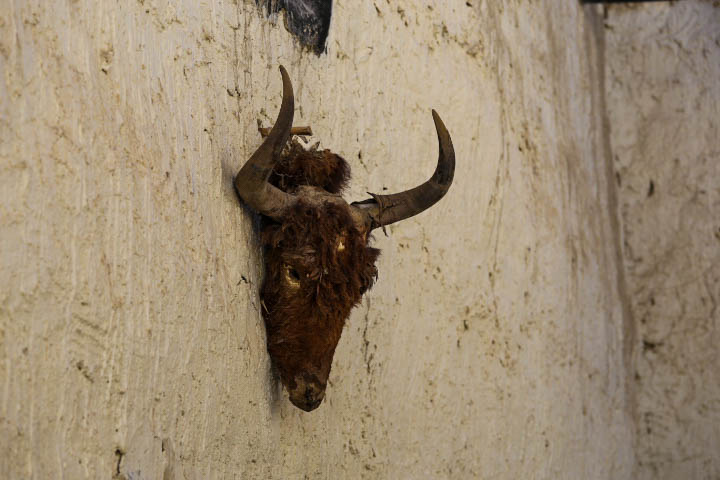

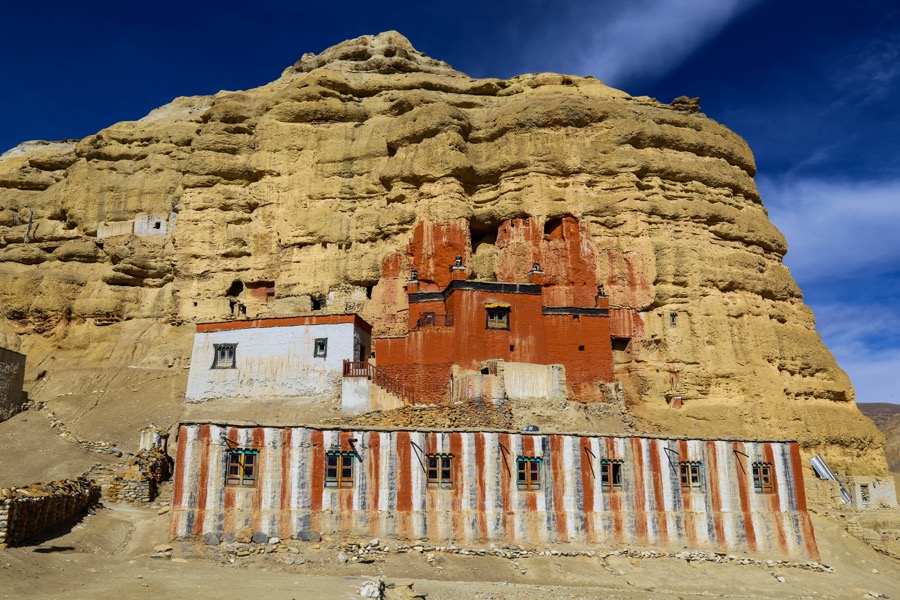
Upper Mustang Trek Itinerary – Extended
For the extended itinerary, you will be spending more than 10 days in Upper Mustang, so on top of the USD 500 special permit, you’ll need to pay an USD 50 for each extra day.
I followed this itinerary on my second visit to Upper Mustang. This time I had a special company – my dog Fluffy, who also accompanied me on the Manaslu Circuit trek. Take a look at the itinerary first, then enjoy our journey through some of the photos below.
[table id=10 /]


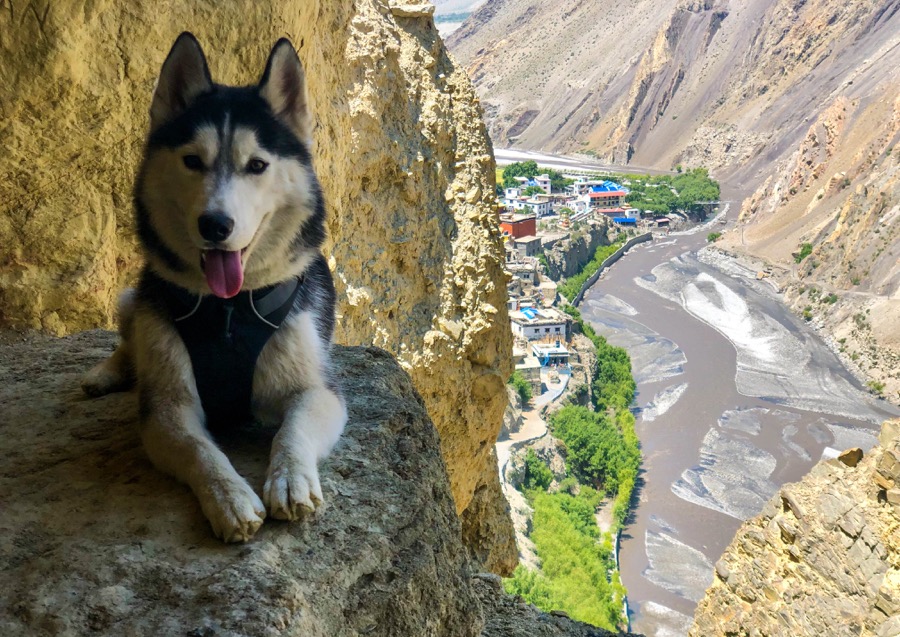



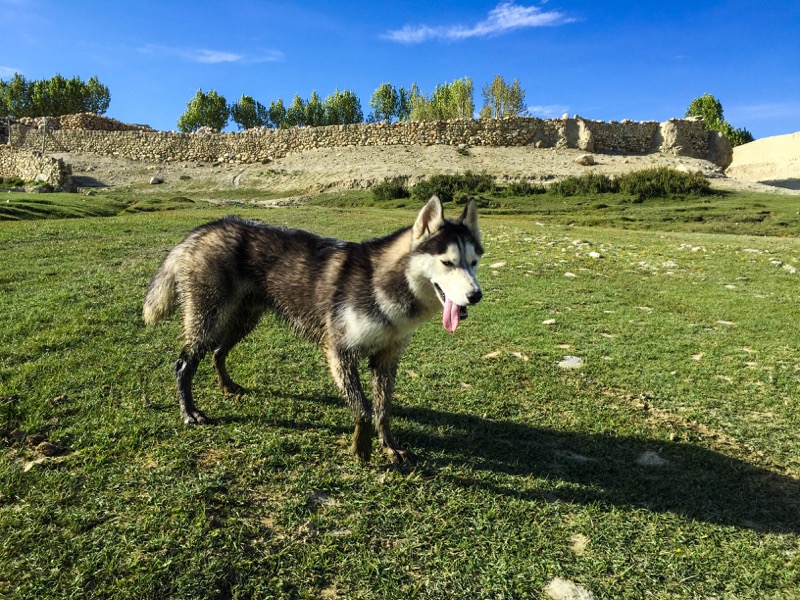






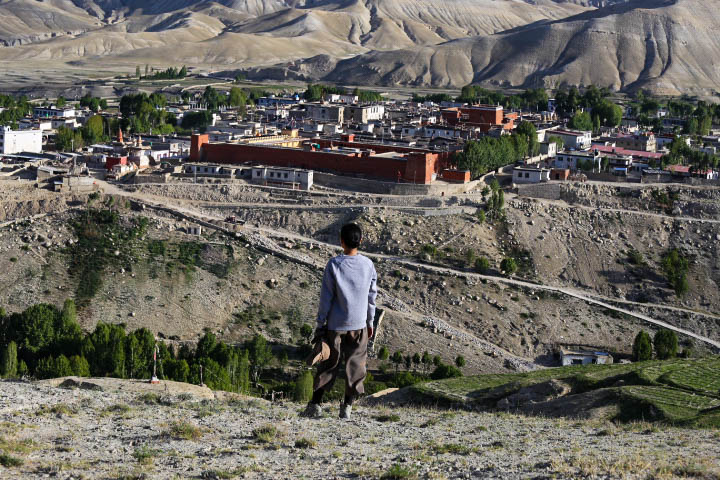

Places You Should Visit While In Upper Mustang
Kagbeni
Considered the entrance to Upper Mustang region, it would be a shame if you miss out the opportunity to explore this medieval-like village.


Chungsi Cave


Unlike other man made caves in Upper Mustang, Chungsi is a natural cave located about 2 hour walk from Samar village, slightly off the trail to Lo Manthang. Its origin dates back as old as the 8th century. It has been a holy Buddhist pilgrimage site ever since.
Tsarang village


Make sure to spend time exploring this picturesque village. Tsarang used to be a major trading hub in the past and still remains a relatively big village in the region nowadays. Highlights include the half century old Tsarang Gompa, former King Palace & Museum.
Lo Manthang

Once the capital of Kingdom of Lo in the past, Lo Manthang is now the cultural and spiritual center of Upper Mustang region. Get that ancient vibe by walking the village alleys, visiting the King’s Palace, admiring the Gompas…

Chhoser village


This is a perfect day trip from Lo Manthang on horseback. You can visit the spectacular Jhong cave to have a visualization of cave life back in the old days. It’s amazing human hands can build such a masterpiece. You can also visit Lo Gurfu and Niphu Gompa nearby.
Marchung Cave

Among the many caves in Upper Mustang, Marchung cave remains the least explored one. This is an alternative day trip from Lo Manthang. You will be passing by a small natural hot water pond on the way to the cave.

Luri Gompa

Located on rocky cliffs about 20 minute walk followed by 15 minute climb from Yara village, Luri Gompa is a small yet interesting Gompa to explore.
Food and Accommodation
With the motor road network being rigorously expanded over the last several years, Upper Mustang has been more accessible than ever. On top of that, electricity availability also sets a considerable difference from other mountainous regions in Nepal. Lodging facilities in Upper Mustang are more than decent. Food is relatively cheaper with the availability of meat as well. In big villages, the rooms can come with a private bathroom and hot shower. You can also find luxury stay up to hundreds US dollar per night in Jomsom, Kagbeni or even Lo Manthang.


Upper Mustang Trek Cost
Upper Mustang is definitely a pricey trek.
A basic package of minimum requirements (permits, guide, food & basic accommodation, cheapest transportation option) to a premium package (permits, guide, food & luxury accommodation, flights & private jeep option) would range between USD 1400 to USD 7000/person.

On top of the expensive permits, you need to pay to enter most of the monasteries. During Tiji festival, you also need to pay to take photos or video. If you choose to visit the caves from Lo Manthang on horses, expect to pay around USD 30 per person per day. Make it clear with your agency about these expenses before you book with them.
